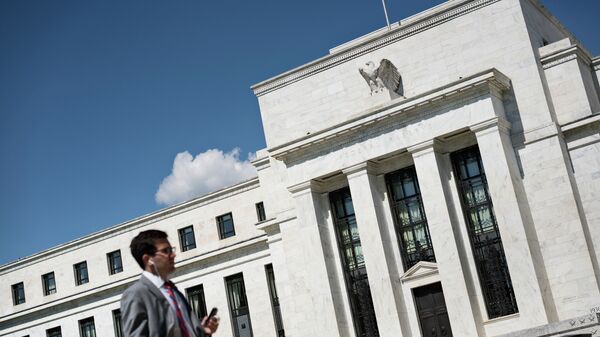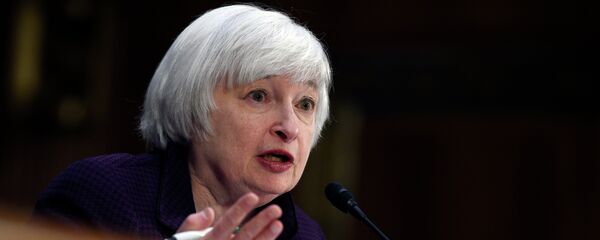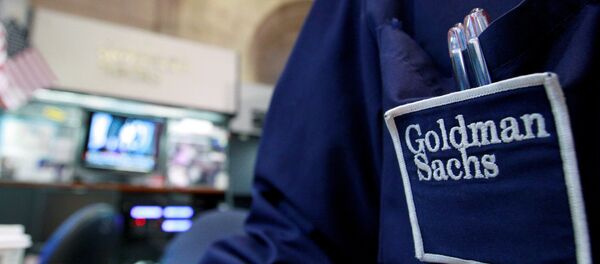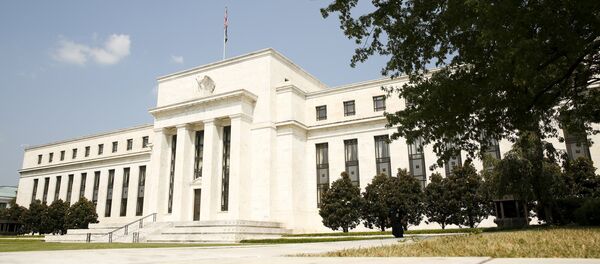Kristian Rouz – Federal Open Markets Committee (FOMC) concluded on Wednesday and was marked by a more hawkish tone than previously anticipated. The destruction caused by hurricanes and low inflation were expected to have affected Fed policymaking, but the central bank reaffirmed their commitment to continue on the path of gradual monetary policy tightening.
More importantly, the central bank announced its historic decision to reverse its unconventional stimulus policies by reducing its bloated $4.2-trillion balance sheet starting next month. The Fed’s primary holdings are Treasury bonds and commercial mortgage-backed securities (CMBS) – purchases of these assets were started in 2008 in order to offset the financial meltdown of the day.
This FOMC said the recent hurricanes won’t hamper further US economic expansion in the medium-term, even though they will cause a slowdown in Q3 economic growth.
“We continue to expect that the ongoing strength of the economy will warrant gradual increases in that rate to sustain a healthy labour market and stabilize inflation around our 2 percent longer-run objective,” Fed Chair Janet Yellen said.
She also said she can’t explain the persistently-low inflation, as even the tight labour market has failed to produce a sustainable growth in prices.
Besides, inflation in the real economy is also weak because the Fed’s monetary stimulus of the past almost ten years went mostly to the financial sector, where it causes a dramatic asset appreciation, comparable in its effects to hyperinflation.
“By continually using stimulus to deal with crises and not letting creative destruction take over, you make a subsequent crisis more likely bypassing the problem along to some other part of the global financial system, and usually in bigger size,” Deutsche Bank’s Jim Reid writes. “In a fiat-currency world, intervention and money creation is the path of least resistance. In a gold-standard world, mining new gold was the only stable way of increasing the money supply.”
The Fed’s pumping monetary liquidity into the stock market and fixed-income assets have produced a dramatic inflationary expansion, which failed to pass on to the real economy despite the ultra-accommodative interest rates.
Overall, the FOMC said, the US economic expansion has been in line with the central bank projections this year, gaining 2.1 percent in the first half of the year. The Fed observed the compression of the government bond yields, down to 2.24 percent from 2.45 percent at the start of the year for 10-year bonds. This reflects the investor expectations of a steady and slow economic expansion, and also leaves enough room for at least four more hikes over the medium-term.
The Fed also upgraded their forecast for this year’s expansion up to 2.4 percent from 2.2 percent.
The central bank also expects to raise its rates up to 2.75 percent (currently at 1.25 percent), but the pace of tightening will greatly depend on the macro data and the natural interest rates, or Treasury yields.





